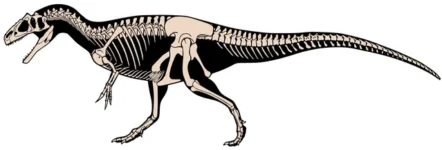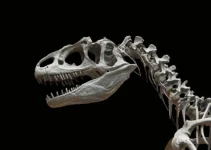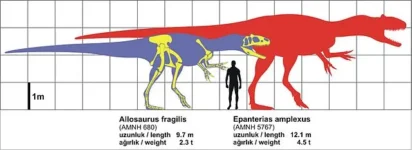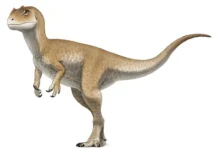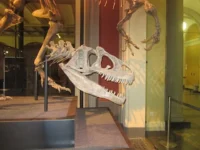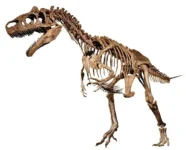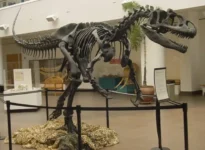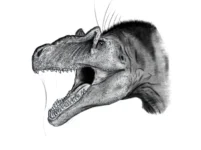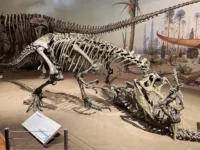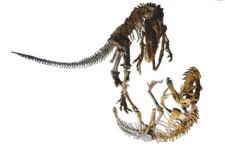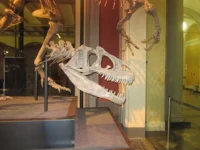Allosaurus
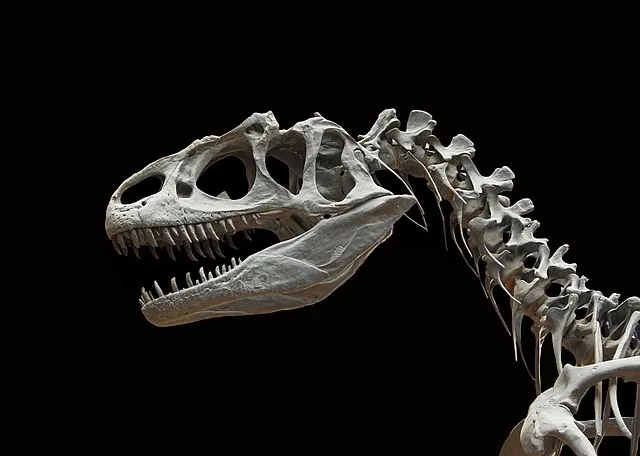
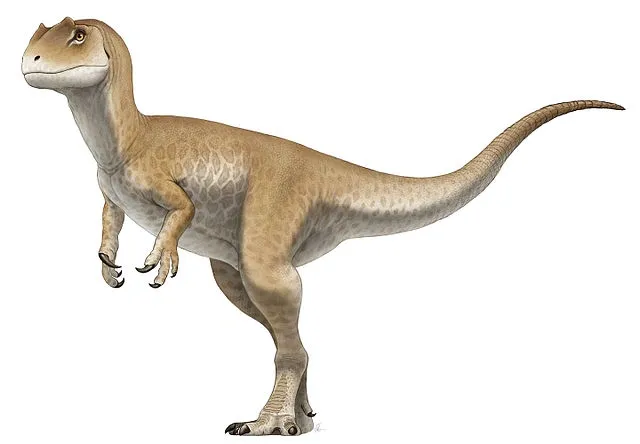
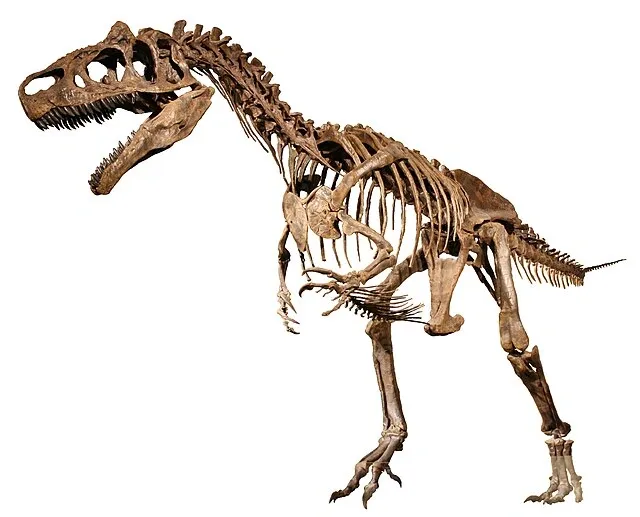
ALLOSAURUS
Allosaurus was a large theropod dinosaur that lived during the late Jurassic period, approximately 155 to 145 million years ago. Allosaurus is one of the best-studied theropods due to the abundance of fossil material. It serves as an important model for understanding the biology and ecology of large carnivorous dinosaurs. Here are some key details about Allosaurus:
PHYSICAL CHARACTERISTICS
- Size: Allosaurus could grow up to 28 feet (8.5 meters) in length, though some specimens suggest they might have reached up to 39 feet (12 meters).
- Weight: They weighed around 2.5 tons, with some estimates going up to 4 tons.
- Skull and Teeth: Allosaurus had a large skull with dozens of sharp, serrated teeth, ideal for slicing through flesh. Its jaws were capable of opening wide to deliver powerful bites.
- Limbs: It had strong hind limbs for running and relatively short but robust forelimbs with three-fingered hands equipped with sharp claws.
BEHAVIOR AND ECOLOGY
- Diet: Allosaurus was a carnivore, preying on large herbivorous dinosaurs like Stegosaurus and sauropods, as well as possibly scavenging. Evidence suggests it might have hunted in packs.
- Hunting Techniques: Its hunting strategy might have included ambush attacks, using its powerful jaws to inflict fatal wounds. The flexible neck and large claws would have been useful in holding onto prey.
- Habitat: Allosaurus lived in what is now North America, particularly in the Morrison Formation, which was a semi-arid environment with distinct wet and dry seasons.
FOSSIL DISCOVERIES
- First Discovery: The first Allosaurus fossil was discovered in the late 19th century in Colorado, USA, and it was named by Othniel Charles Marsh in 1877.
- Significant Finds: The Cleveland-Lloyd Dinosaur Quarry in Utah is one of the most significant sites, with over 46 individual Allosaurus specimens discovered, providing extensive information about this dinosaur.
CLASSIFICATION
- Order: Saurischia
- Suborder: Theropoda
- Family: Allosauridae
- Genus: Allosaurus
- Species: The most well-known species is Allosaurus fragilis..
FUN FACTS:
- Dual-function Jaws:Allosaurus had a unique hunting adaptation known as a “hatchet bite.” Its jaw structure allowed it to deliver powerful, slashing bites by using its skull and neck muscles to drive the upper teeth into prey like a hatchet, which could then tear out chunks of flesh.
- Brain and Senses:The brain of Allosaurus, based on fossilized skull endocasts, indicates it had a relatively large olfactory bulb, suggesting it had a keen sense of smell. This would have been useful for tracking prey over long distances.
- Growth Spurts:Studies of Allosaurus bones show that they experienced rapid growth spurts during their juvenile years. They grew quickly to a certain size, which helped them avoid predation and compete for resources more effectively.
- Distinctive Crests:Allosaurus had distinctive bony crests above its eyes. While the exact purpose of these crests is not entirely known, they may have been used for display, species recognition, or possibly to protect the eyes during combat or hunting.
